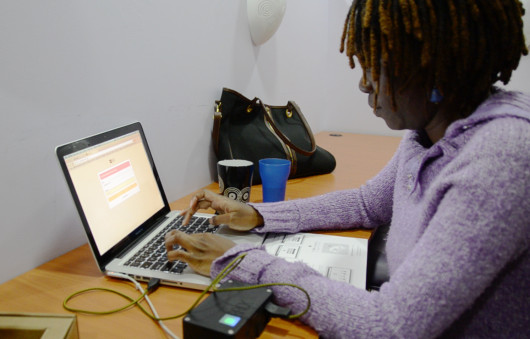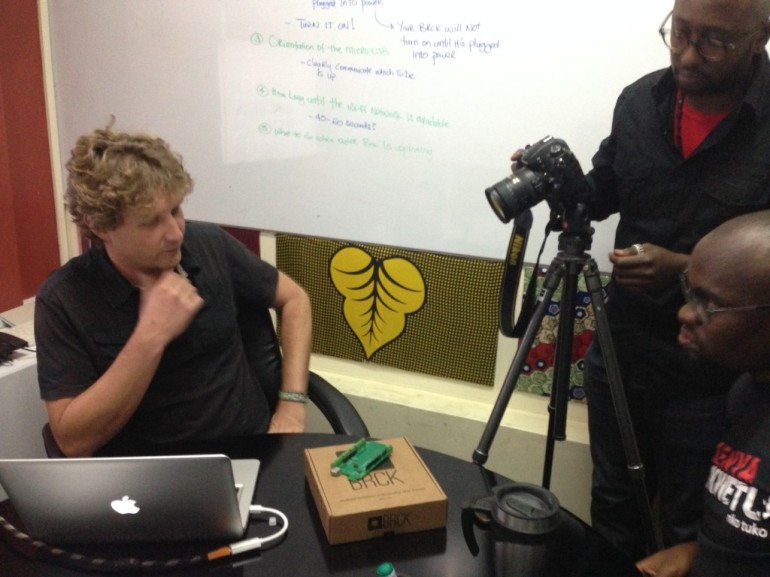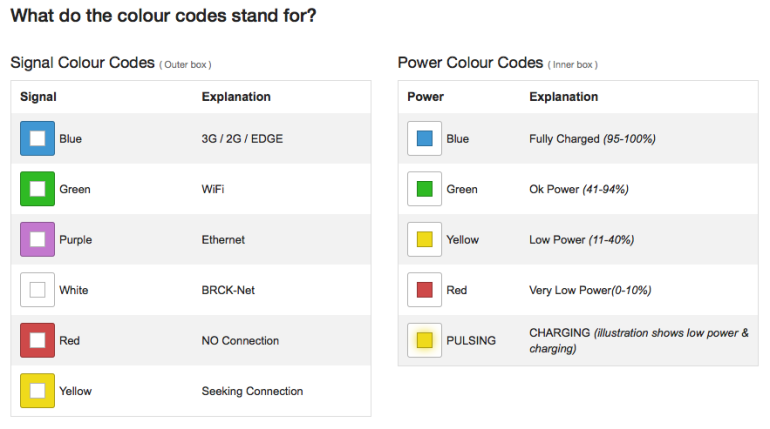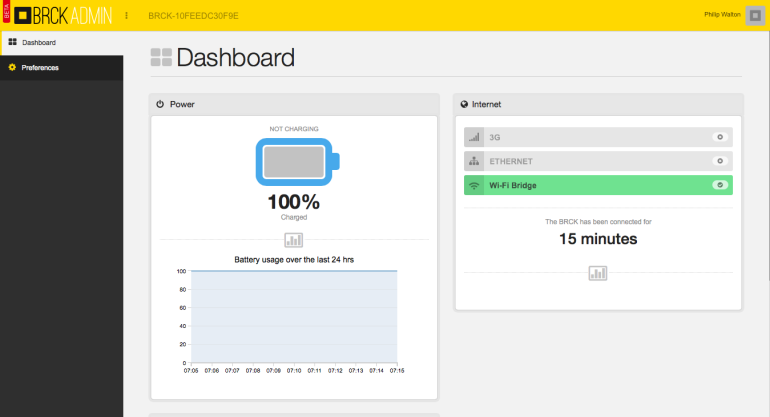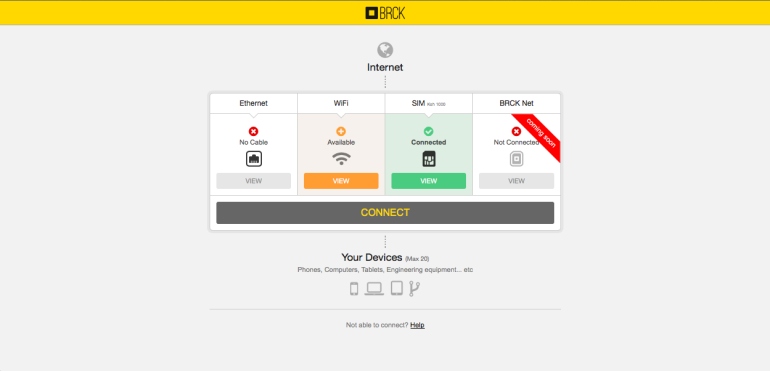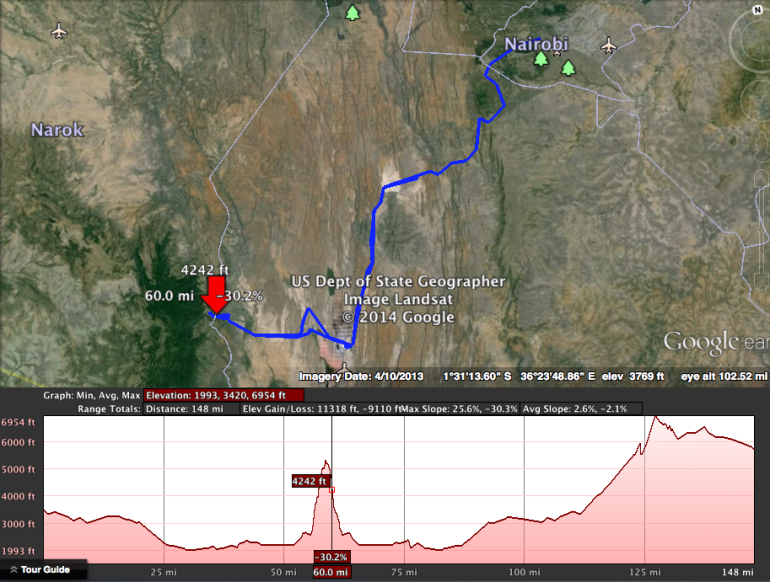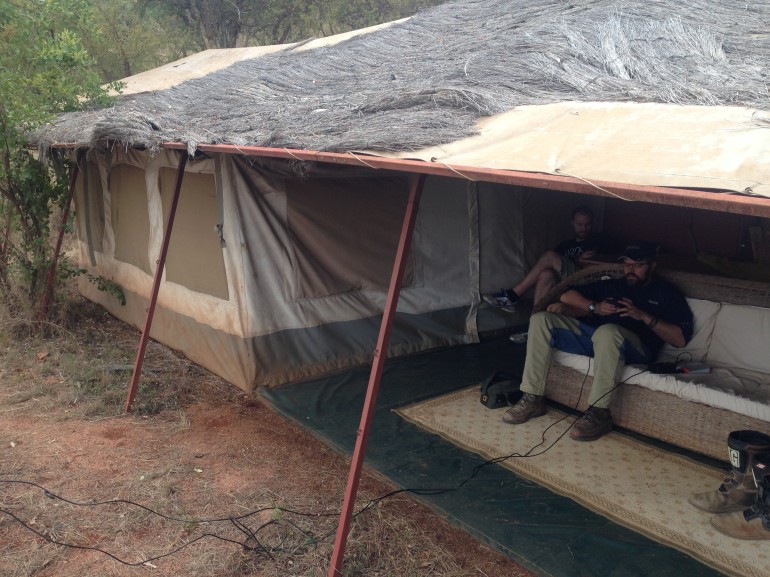Expedition Technology – Part I
Along this trip, we are really putting the BRCK to the test. We are trying as hard as we can to dog-food this thing in the most extreme environments to see where it falls down and where it stands
up. Here is just a snippet of what we’ve learn’t so far. Some of it reinforces what we know and a lot of it, thankfully, is breaking down our preconceptions.
“Pickin’ up good vibrations”
We did a lot to make BRCK robust, we’ve used thicker than normal circuit boards, everything is tied down with multiple methods and in all directions. Hitting these washboards, thowing the BRCKs in
the truck and just plain misusing it has shown a few things. So far its done well, with all our BRCKs behaving flawlessly, other than one small thing. The microUSB cable keeps walking out! We know
we need to move away from this connector, but we really love it for so many reasons. Its one less cable to lose, one less to carry, and I have 20 spares at home.
Dust and Water (Fire and Ice?)
Dust, its part of what defines Africa and part of what makes working in this continent so hard. The dust here is like nothing I’d seen before moving here, and something that is hard to comprehend.
If you look back in the blog, you may see our trip to Turkana. In this trip, we changed a lot about how V1 was made, specifically we moved the power button from the top to the side, and really
improved its weather sealing. Its these small changes that make a huge difference out here in the bundus. Driving from Arusha to Dodoma in Tanzania reinforced that thought. While the BRCK fared quite
well, it always astounds me where dust can get to.
We’ve often run on the theory that if you have a BRCK, you have a smartphone, laptop or some other high value equipment. Unfortunately this trip has shown that’s just not as valid as we hoped. The
BRCK is your often your only connection, your lifesaver, your redundancy. I have a laptop, a phone and iPad and many more, any one of these can get me online. I think the assumption is not true any more.
“Failure is not an option.”
But it will happen. We have to be realistic here. We are working in environments that are tough, dirty, messy and we must. As above, in order to make the device less complex we purposefully used
the thought pattern that ‘the BRCK will do the hard work for you’, but its frustrating to just wait in the dark. I want to know why it’s failing, and I want to help it get online now. We are activly working on improving the offline experience of the BRCK, like said before, its not going to be a traditional router experience, but conversational, something that gives you the information you need to know, but isn’t just for a networking expert to understand. With us on the trip is Mark Kamau, from the iHub UX lab, Mark is going to help us form a better mechanism for explaining why you damned BRCK isn’t working and how you can get it back online.
“Right here, right now”
This trip has been taxing, and we are only half way though. Sometimes in these taxing times when you are tired, dehydrated and hungry the last thing I want to have do is fiddle with tech, all I
wnat to do is make sure things are working, send an email home and get to bed. Right now there are 2 speed hiccups with BRCK. Firstly boot time, the BRCK typically boots in less than 45 seconds,
but then latching a network takes time and if something goes wrong then trying to rectify that with antennas, APN settings, checking the charge level all take time. Also, just doing prechecks in
the morning takes time, there are many things to do. Check the oil, check the tyre pressure, GPS batteries, everything bolted down and . Right now, we are working on the offline functionality to
speed this up and give you more information right there. For V2 we are going to address this, additionally, we are investigating display options so that you can see the status of your BRCK even
when its off, getting you all the information you need instantly.
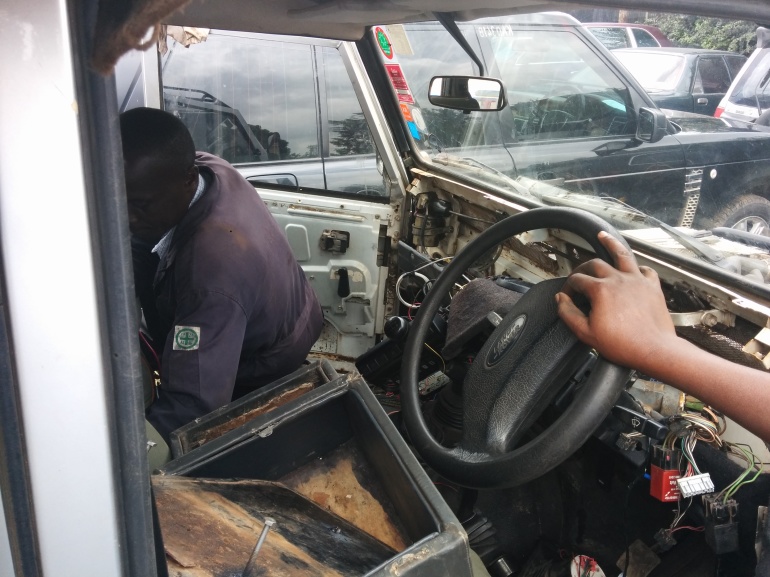
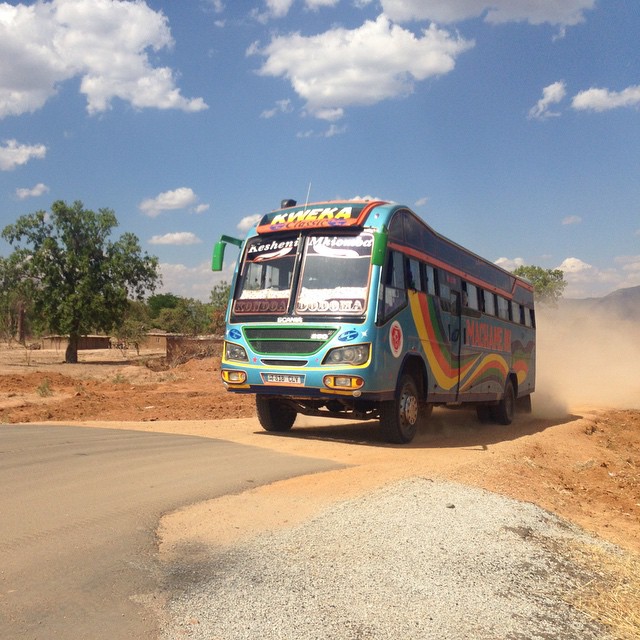
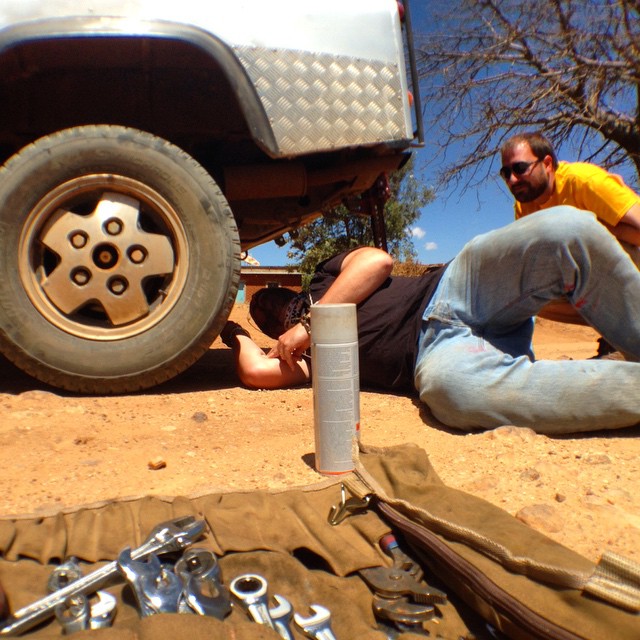

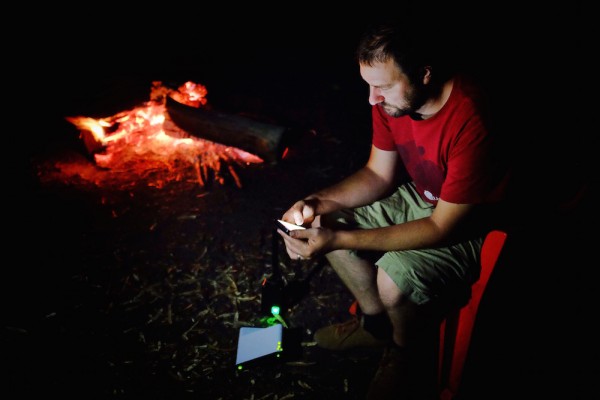
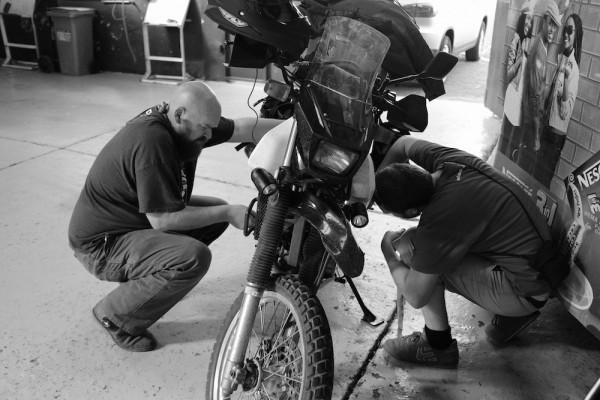
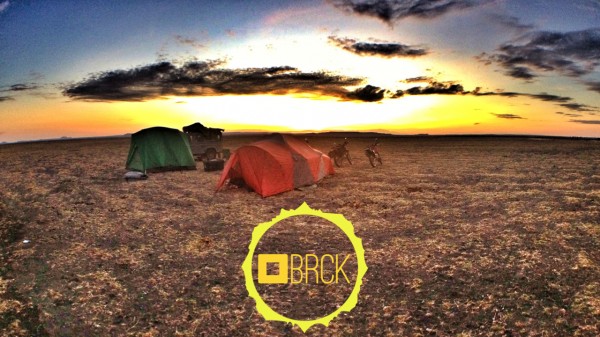
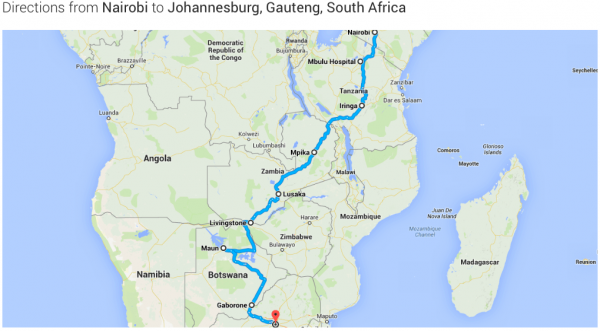
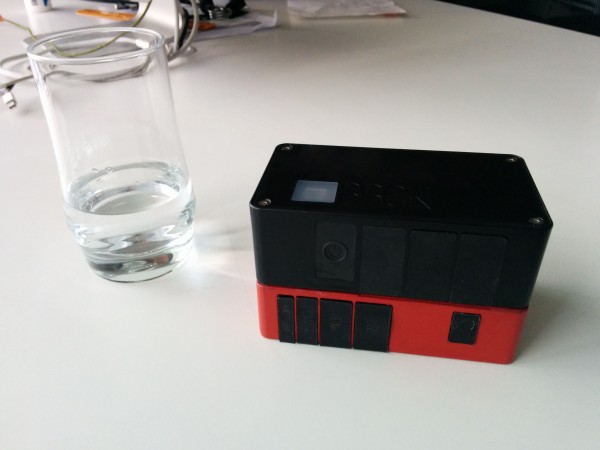
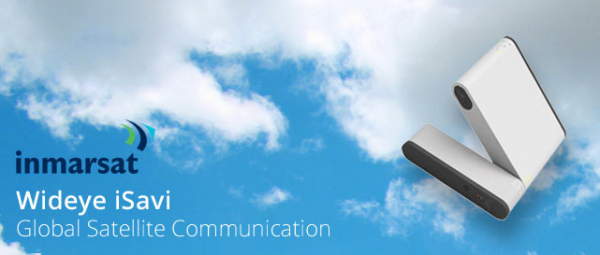

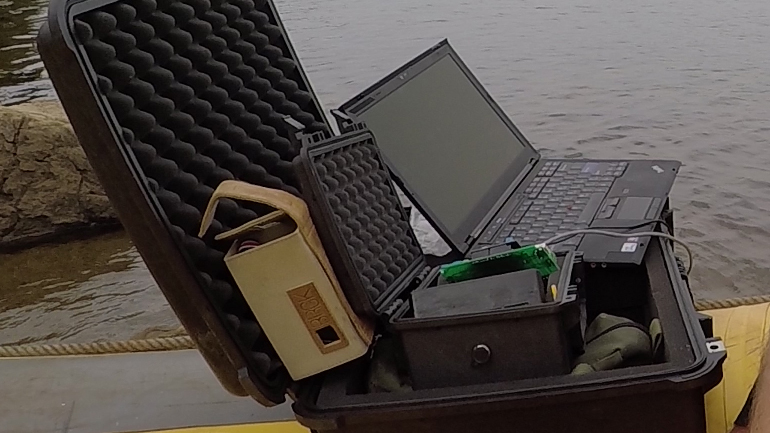
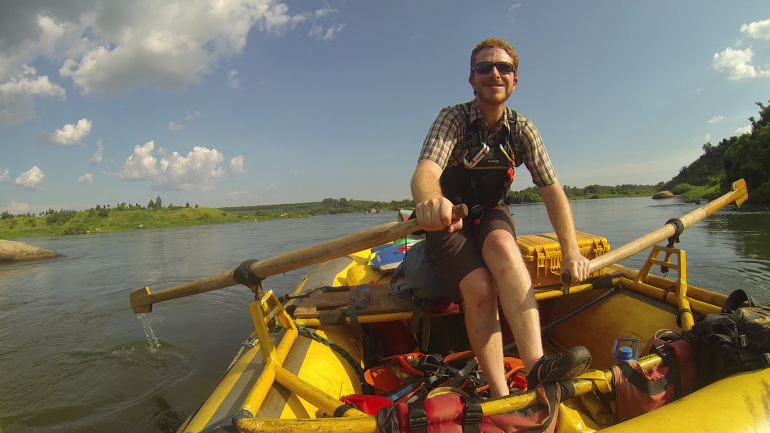


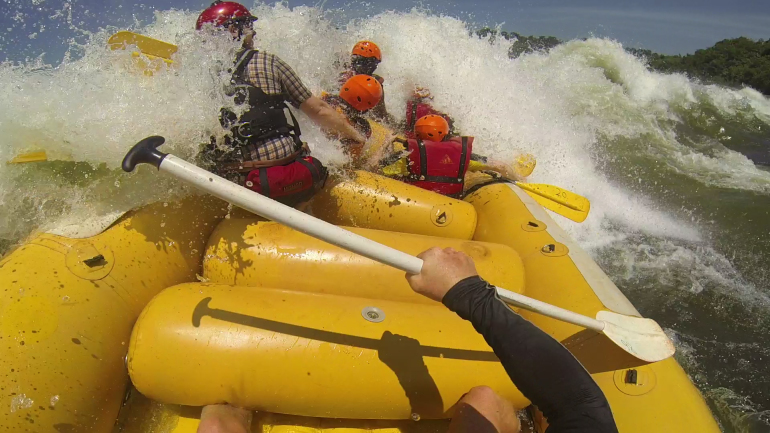
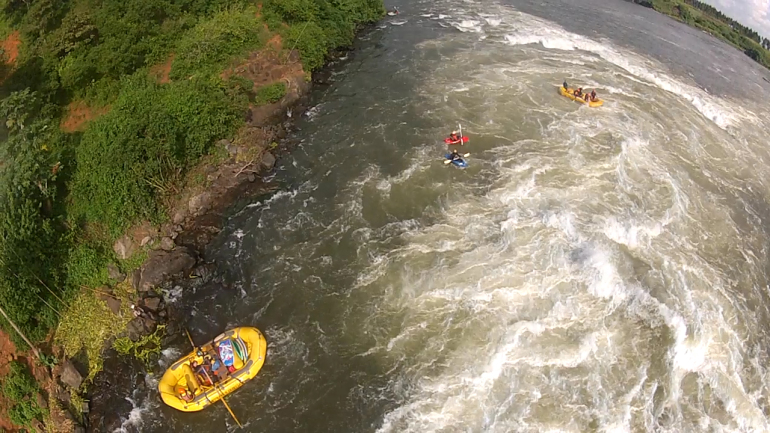
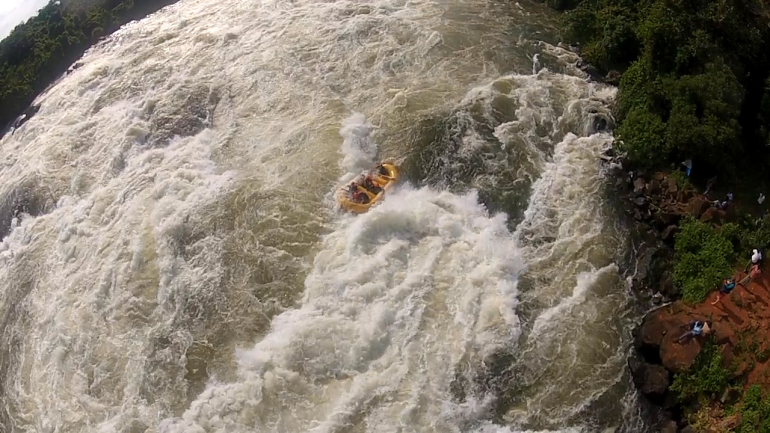
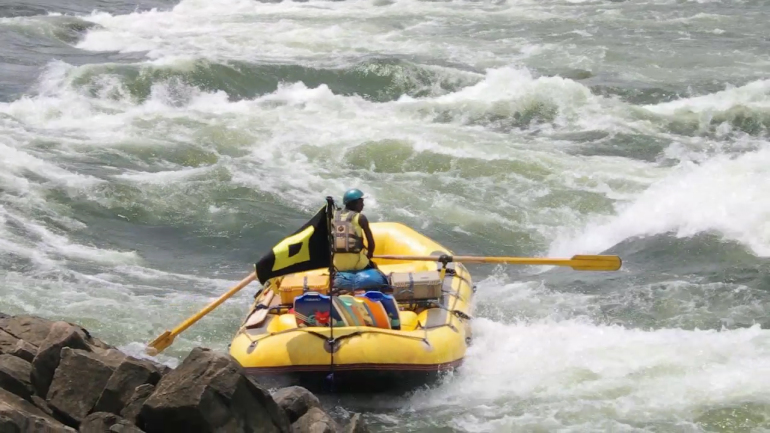
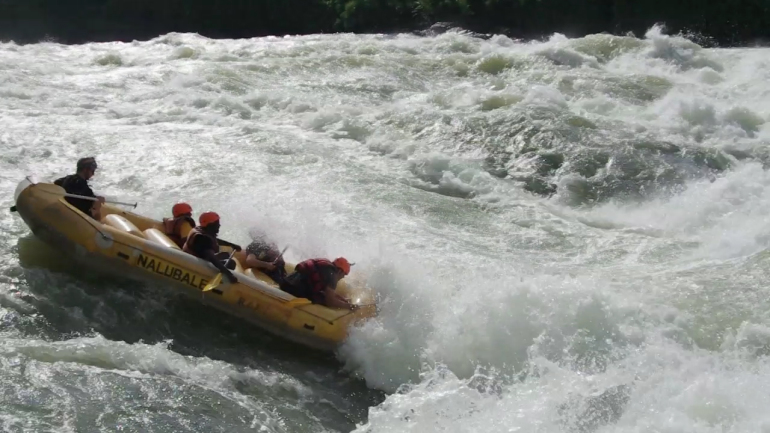

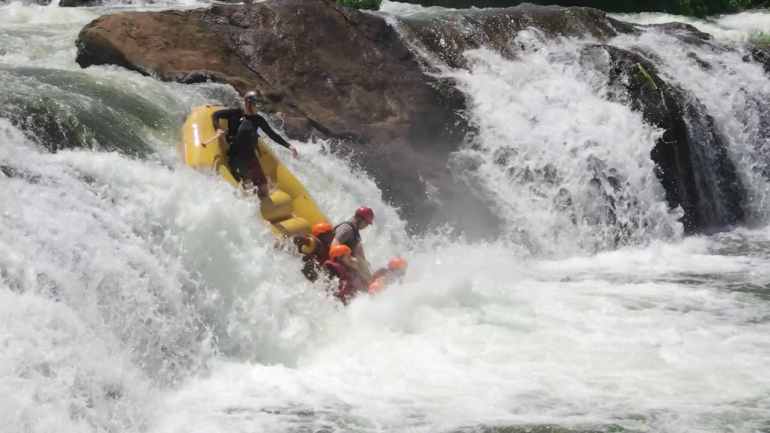

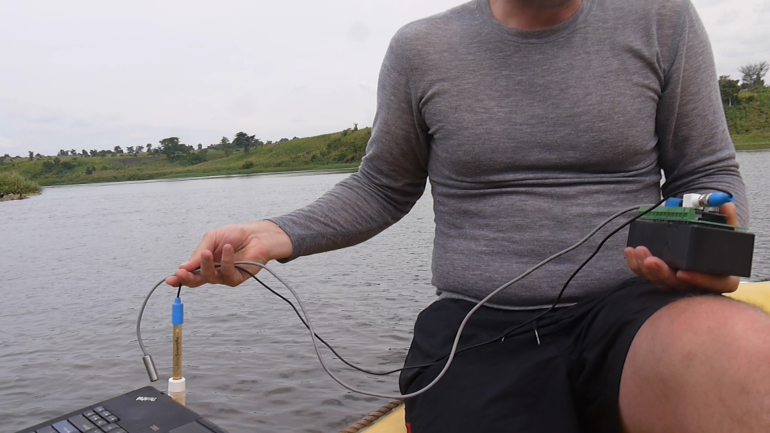
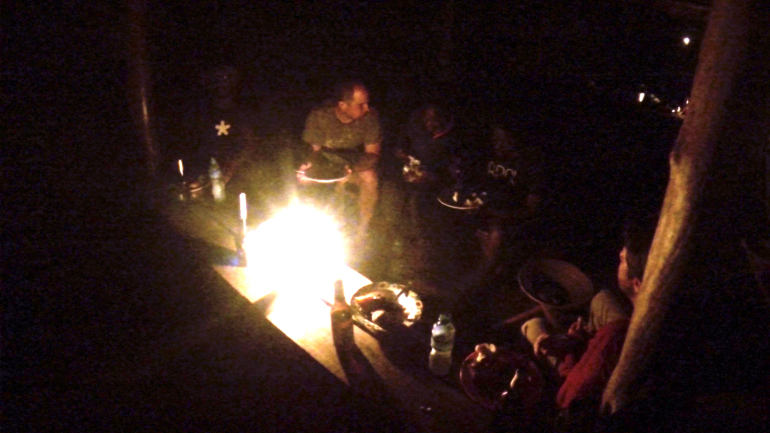
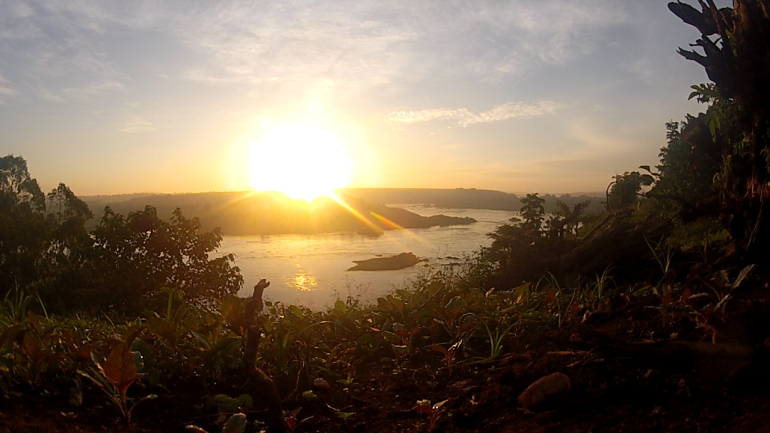

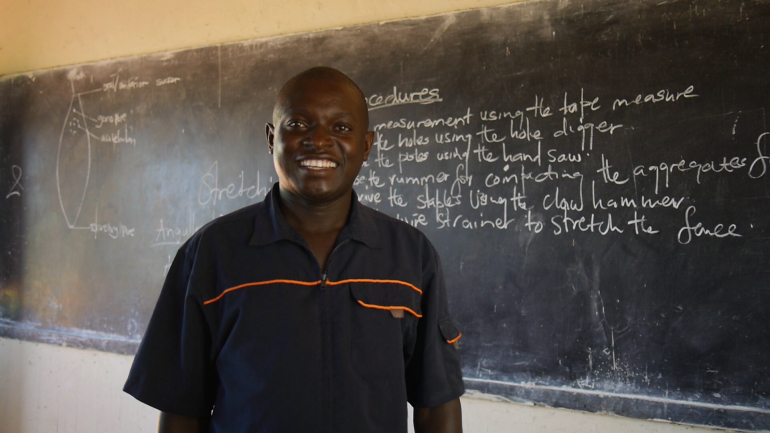
 Much of Kenya is very dry, with dust and heat being a major concern for electronics, both things the BRCK is designed to handle. In Uganda, with an average annual rainfall of over 150cm in the highlands (compared to Kenya’s average of 100cm, mostly concentrated near the border), water and humidity are greater concerns. The BRCK performed admirably in these conditions, with no noticeable moisture buildup in the case despite 30°C heat, 96% humidity, boat spray, and even being dropped in the floor of the raft.
Much of Kenya is very dry, with dust and heat being a major concern for electronics, both things the BRCK is designed to handle. In Uganda, with an average annual rainfall of over 150cm in the highlands (compared to Kenya’s average of 100cm, mostly concentrated near the border), water and humidity are greater concerns. The BRCK performed admirably in these conditions, with no noticeable moisture buildup in the case despite 30°C heat, 96% humidity, boat spray, and even being dropped in the floor of the raft.


